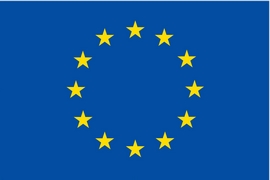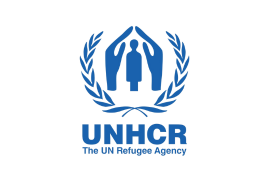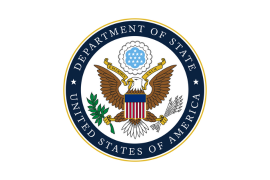HI was set up in 1982 in Thailand by two French doctors. Its first activities were aimed at helping refugees living in camps set up along the border with Cambodia, by offering orthopaedic devices to people who had been disabled or amputated as a result of accidents caused by anti-personnel mines.
From 1984 onwards, HI also helped Burmese refugees, and later Thai refugees, who were also victims of anti-personnel mines. Its work in the country led to the opening of 15 orthopaedic-fitting workshops, which are now integrated into Thai provincial hospitals.
Since 1996, the association has refocused its activities on nine Burmese refugee camps and neighbouring Thai villages. It enhances the independence of disabled people by providing physiotherapy services, as well as prostheses and specific aids (orthoses, crutches, walkers, etc.) made on site.
While waiting for the land in the border region between Myanmar and Thailand to be cleared of mines, HI is raising awareness among Burmese refugees of the dangers of mines and explosive remnants of war. These awareness-raising activities should help to reduce the risks when they return to Myanmar.
Finally, HI is implementing a social integration project for disabled Burmese refugees, promoting their access to the various services offered in the camps. Disabled people now have access to education, vocational training and primary healthcare.
Since January 2016, the site has been managed as part of the MyTh programme (created in January 2016, along with its regional office in Rangoon), in conjunction with the refugee repatriation process. The aim is to strengthen coordination between the refugee reintegration activities carried out by HI in Myanmar and Thailand.

















